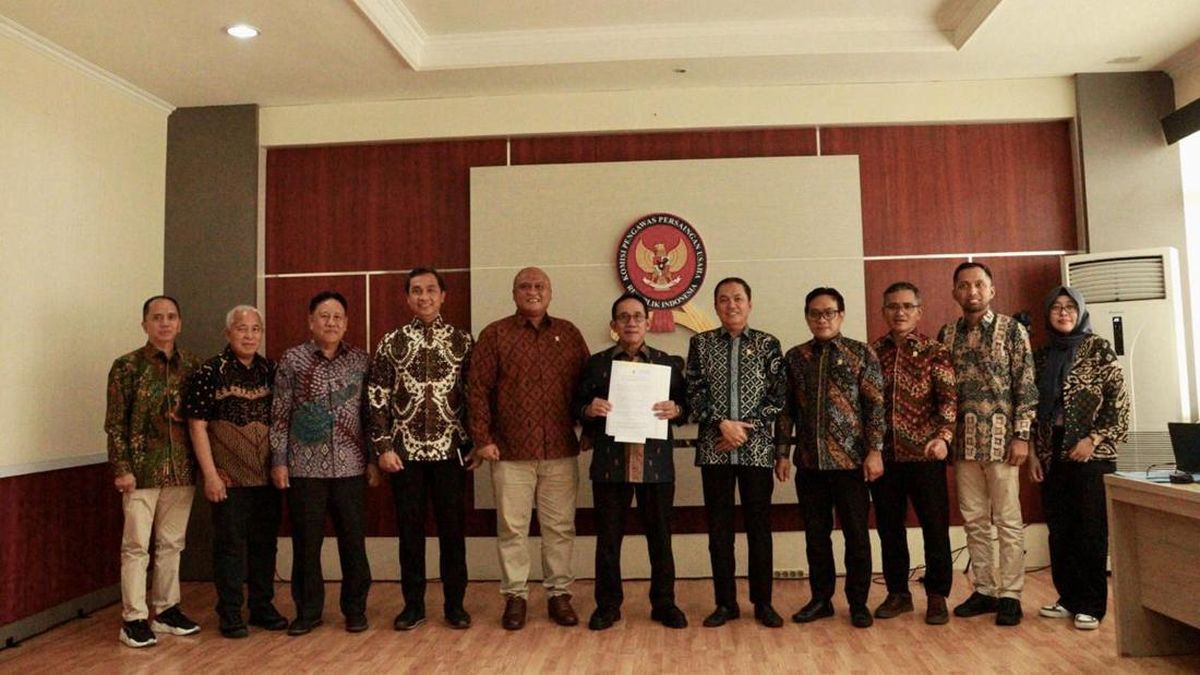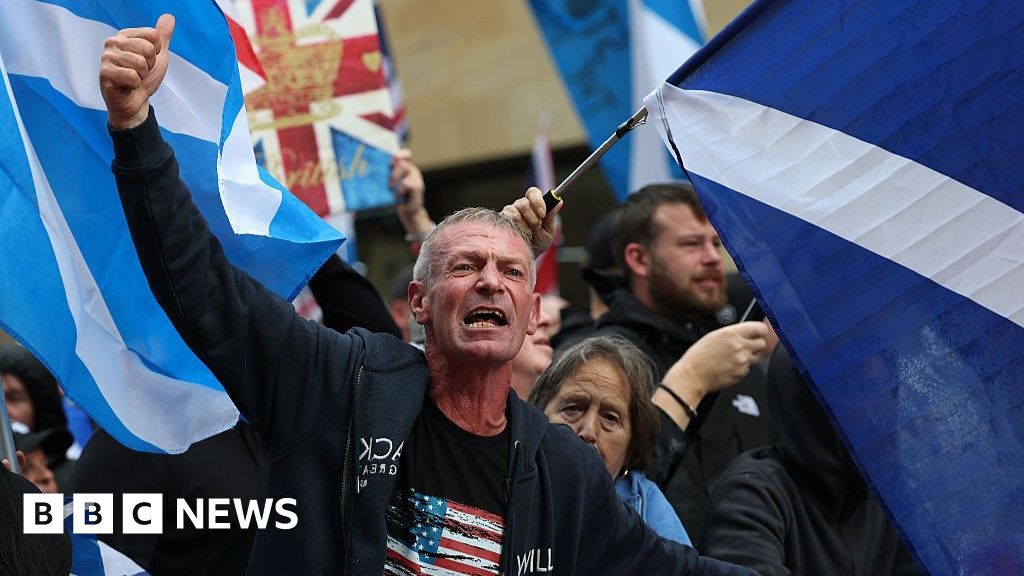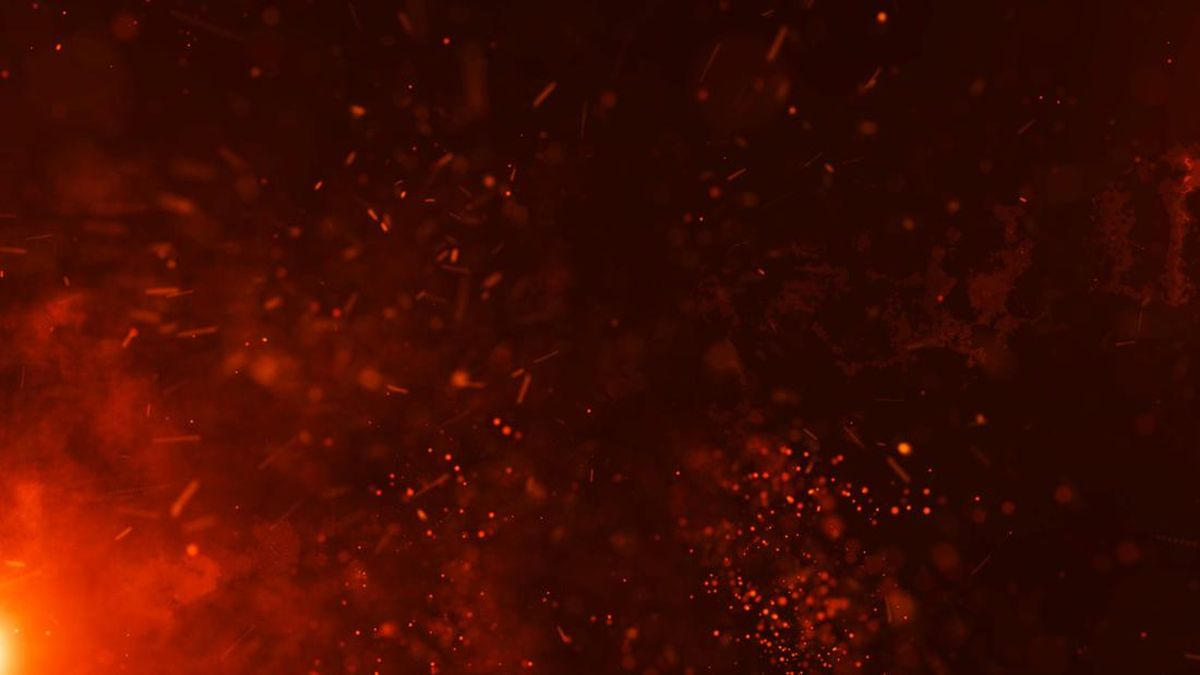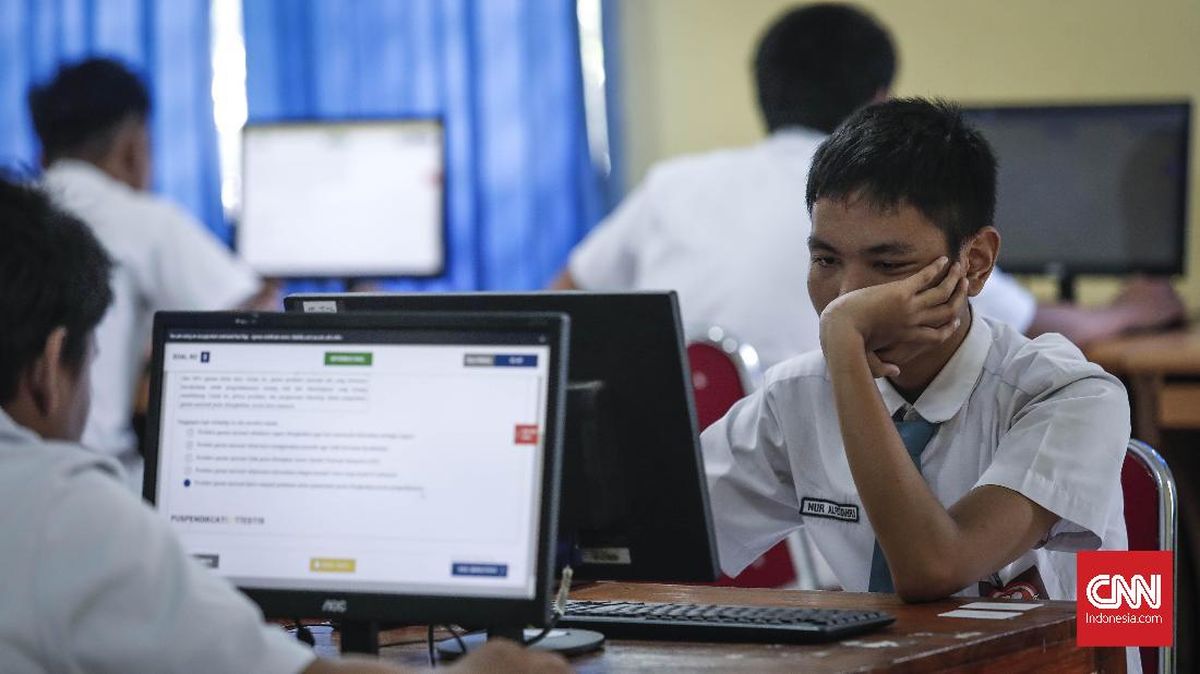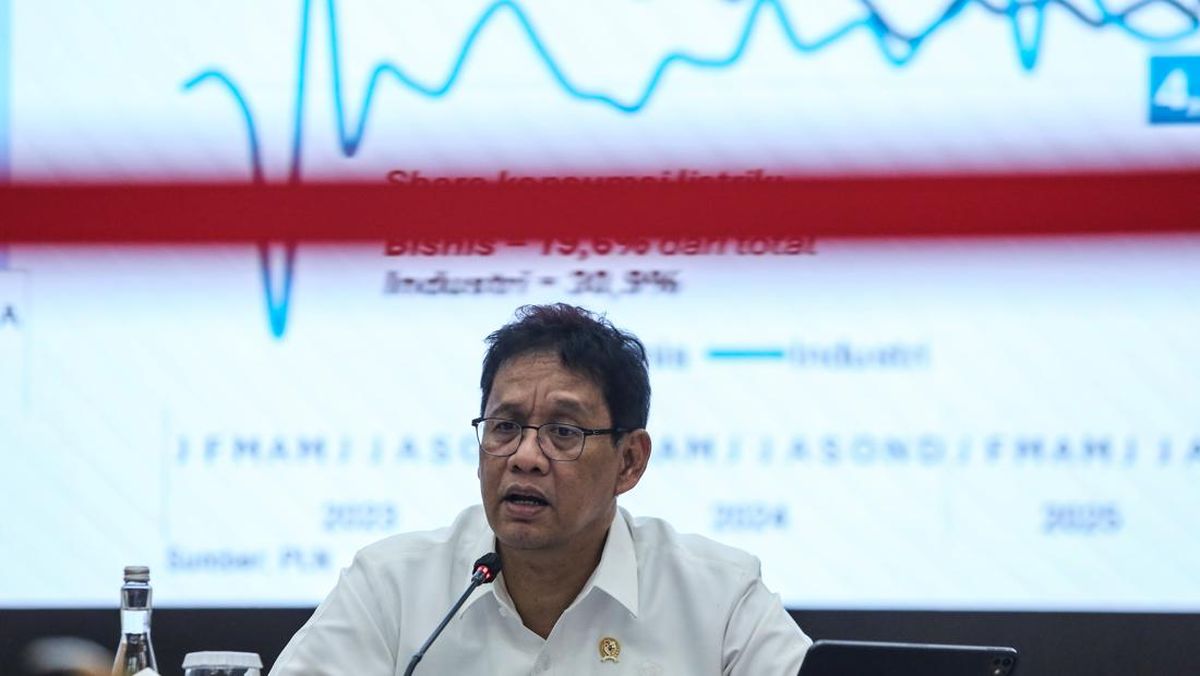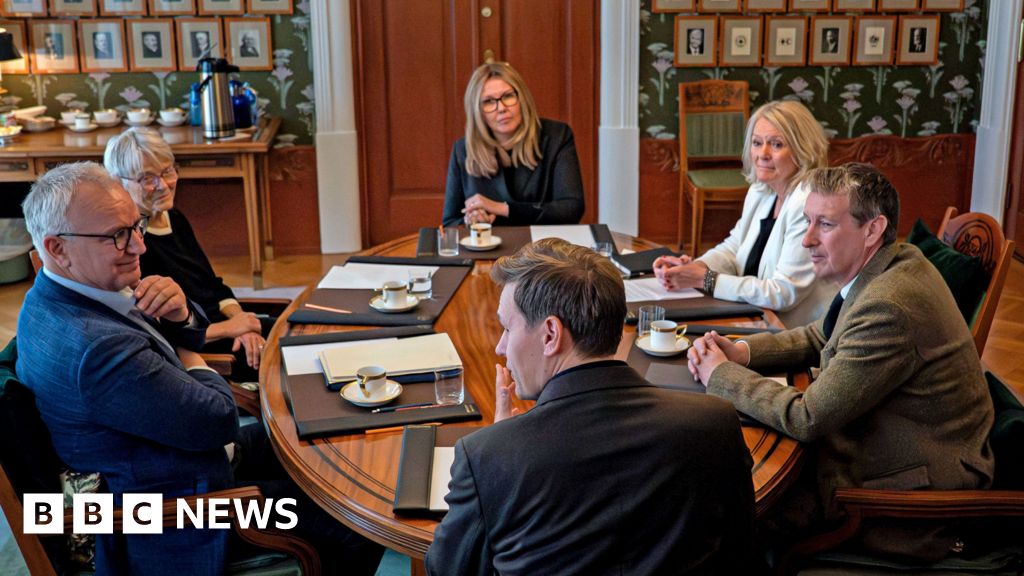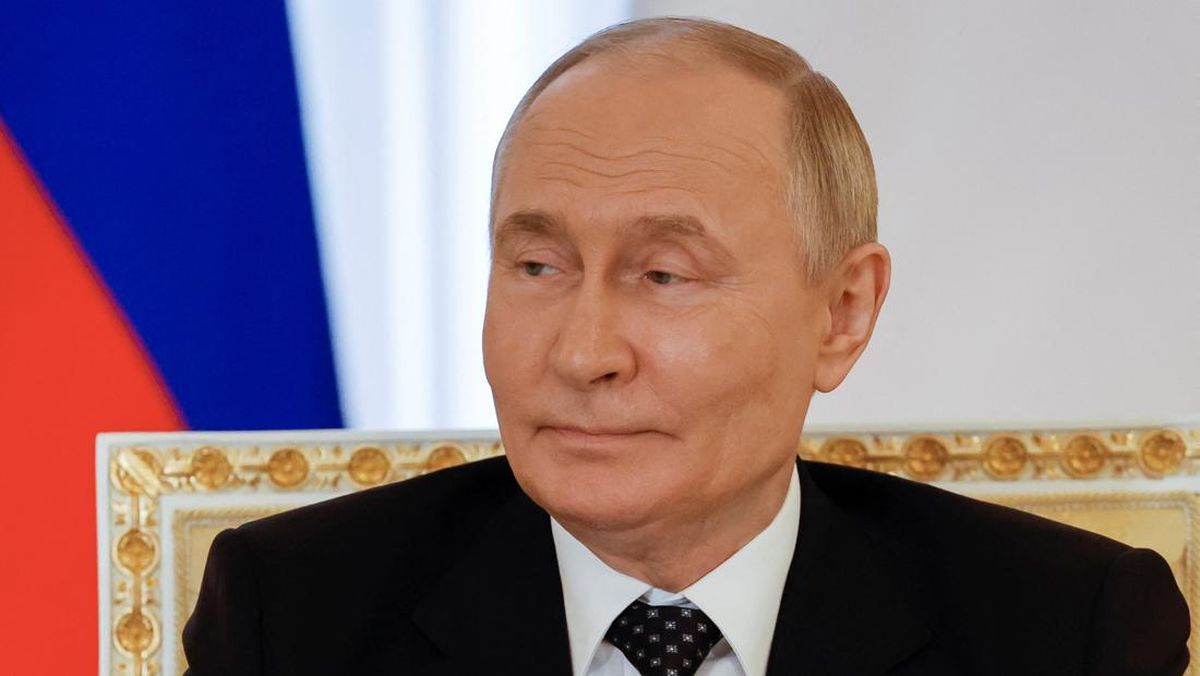The lush streets in Brisbane’s western suburb of The Gap are still. Many homes have their front doors and garages open.
In one cul-de-sac backing onto the bushland of Mount Coot-tha, million-dollar mansions look out over turquoise pools to views of the forest.
The day is warming up, and the only sound breaking the silence is the screeching of distant cockatoos.

Homes in the western suburb look out onto bushland to the north and south.Credit: Cloe Read
Towards the top of the hill sits one home, private and unassuming, at the end of a long driveway. Last year, cars used to line the narrow street as friends visited.
Lately, things have changed.
Now, the property is at the centre of a counter-terrorism investigation.
“We got home late Friday night and the police were at the front,” says one neighbour, who wished to remain anonymous. “Then on Sunday, I found out from a neighbour.”
It’s not the first time police have come to this neighbourhood. In the same street, 54-year-old Radica Zafirovska was violently killed by her daughter in 2016.
In March this year, a few blocks away, 40-year-old Victorian man Alexander Clive Webb allegedly killed his elderly mother before trying to flee to Japan.

Max Belter, the 18-year-old Brisbane man accused of terrorism offences.Credit: Matt Willis
The accused offender in the latest incident is just 18 years old.
Max Belter, a recent graduate of The Gap State High School, was arrested and charged with Commonwealth terrorism offences for allegedly possessing nationalist and extremist documents.
His first court mention came the same fortnight that anti-immigration rallies, later revealed to be secretly controlled by neo-Nazis, filled Brisbane CBD streets.
His case raises questions about the increasing threat of radicalisation and how vulnerable young people are to indoctrination.
Keiran Hardy, a Griffith University criminology associate professor who has published extensively on counter-terrorism law and policy, says extremist organisations have advanced their recruitment strategies by exploiting newer technology.
While Facebook is home to the older, sovereign citizen population, younger generations are targeted through TikTok. Terrorist groups had also weaponised gaming platforms, such as Minecraft and Roblox, where users could create their own worlds for others to play in, with few controls on how the content appears.
“They might, for example, recreate Nazi concentration camps, or other sorts of stories through those platforms,” Hardy says.
It’s unclear what kind of life Belter had been leading recently. A Brisbane court heard he was studying at university, and was a lifeguard at a local pool. His parents also believed he had undiagnosed autism.
On a midweek morning days after his court appearance, Belter’s mother answered the door to their family home, but declined to comment to media.
Across the road, one neighbour declares, “I won’t talk about Max”, while others recalls the boy used to have friends over, about a year ago.
Loading
Residents would tell newcomers to the neighbourhood, where most homes sell for over a million dollars, it is safe to raise their families there, before remembering the 2016 murder down the road and another homicide nearby.
And now they wonder about the latest investigation.
Footage of Belter’s arrest shows the teenager, wearing jeans and a black jumper, being escorted from the home into police vehicles. Police had raided the property earlier in September, seizing documents and weapons.
Days later, Belter was brought from custody into a Brisbane court, where fresh arrests are processed. Head in his hands, the young man peeked out at his parents, then looked at journalists before averting his gaze.
The court was read a long list of the documents officers had allegedly seized from the Belter property.
One was a 256-page magazine titled The Hard Reset, produced by listed terrorist organisation Terrorgram, the court was told. Another was a 30-minute Islamic State instructional video on how to fatally stab a person.
The video showed a person chained to a post being stabbed until, ultimately, their hands and head were cut off.
The magazine and the video were the basis for Belter’s two charges of possessing or controlling violent extremist material. Police did not rule out further charges.

Police seized a copy of The Hard Reset, a 256-page Terrorgram magazine.
Inside Belter’s bedroom cupboard, officers allegedly discovered precursor chemicals, including potassium nitrate, sulfur, and hydrogen peroxide.
Amid 32 hard copy books related to extremist ideology, detectives allege they found several copies on terrorist bomb designs, a copy of Adolf Hitler’s autobiography Mein Kampf, a collection of antisemitic writings, including The International Jew, the manifesto of “Unabomber” Ted Kaczynski, and essays and novellas by neo-Nazis and far-right influencers.
The court heard there were copies of The Anarchist’s Cookbook, a book on Middle Eastern terrorist bomb designs that describes how to identify 35 different explosive devices, a book titled Backyard Rocketry, and another titled Homemade Semtex – C4’s Ugly Sister.
At times, the 18-year-old appeared to cry. As the court adjourned in the middle of the day, his parents waited anxiously in the arrest court foyer, his father pacing.
Just after 6pm, as their son was released, the Belters pulled their car around to the closest available space to the door as television reporters went live for their evening bulletins.

Belter was released on strict bail conditions about two weeks ago. Credit: Cloe Read
The boy was peppered by journalists: was he a teen terrorist? He covered his face with his jumper, despite his yearbook photos having been splashed across the news for hours.
When he got in the car, he let the jumper fall away and stared absently out the window at the flashing of media cameras.
Other families have been known to leave their loved ones to walk from the watchhouse alone.
Hardy says Belter’s case shows how radicalisation could be allegedly infiltrating seemingly supportive homes.
The criminology associate professor stresses radicalisation is usually influenced by factors in someone’s personal life pushing someone towards violent content, such as a family death or a divorce.
He says the risks of the online environment alone could be overstated. “I do think human influence from somebody else who might have more criminal networks is often important to it.”
But he says far-right groups have also become advanced at exploiting young people through the use of humour and memes that were not necessarily as overtly problematic as videos of beheadings.
“You can imagine a 12-year-old looking at a meme that you know has some hidden message about Jewish people, and they don’t fully appreciate the meaning of that, but they laugh at the superficial humour, and share it with their friends,” Hardy says.
He likens radicalisation to when child soldiers are handed a firearm for the first time: a transforming moment where they experience power in a way they never felt before.
“There are all these psychological dynamics that go on that are not just about ideology,” he says.
‘You can imagine a 12-year-old looking at a meme that you know has some hidden message … they laugh at the superficial humour, and share it with their friends.’
Keiran Hardy, Griffith UniversityHardy says the ideological material police seized from Belter’s home was allegedly predominantly far right and neo-Nazi, but the ISIS video could have fulfilled an “instructional” role on how to kill. In far-right groups, those types of videos, Hardy says, play a role both as practical and instructional, but also act as psychological preparation.
Belter’s case is one of many Australian authorities are working to investigate. And the Australian Security Intelligence Operation says they’re noticing younger people radicalising earlier in life.
ASIO Director General of Security Mike Burgess claimed earlier this year that Australia had never faced so many different threats at scale at once, with the war in the Middle East exacerbating division, undermining social cohesion, and making acts of politically motivated violence more likely.
Distinctions between extremist motivations were also breaking down, with individuals cherry-picking antithetical ideologies to create hybrid beliefs.
He recalled one individual being motivated by Islamic State propaganda and neo-Nazi propaganda, and another allegedly described himself as a left-wing environmentalist aligned with Hitler.
The AFP urges parents to be aware of who their children are communicating with online.
Between 2020 and 2024, the AFP and state authorities investigated 37 children aged 17 or younger. The youngest was 12. More than half of those children were charged with a Commonwealth or state offence.
Start the day with a summary of the day’s most important and interesting stories, analysis and insights. Sign up for our Morning Edition newsletter.




